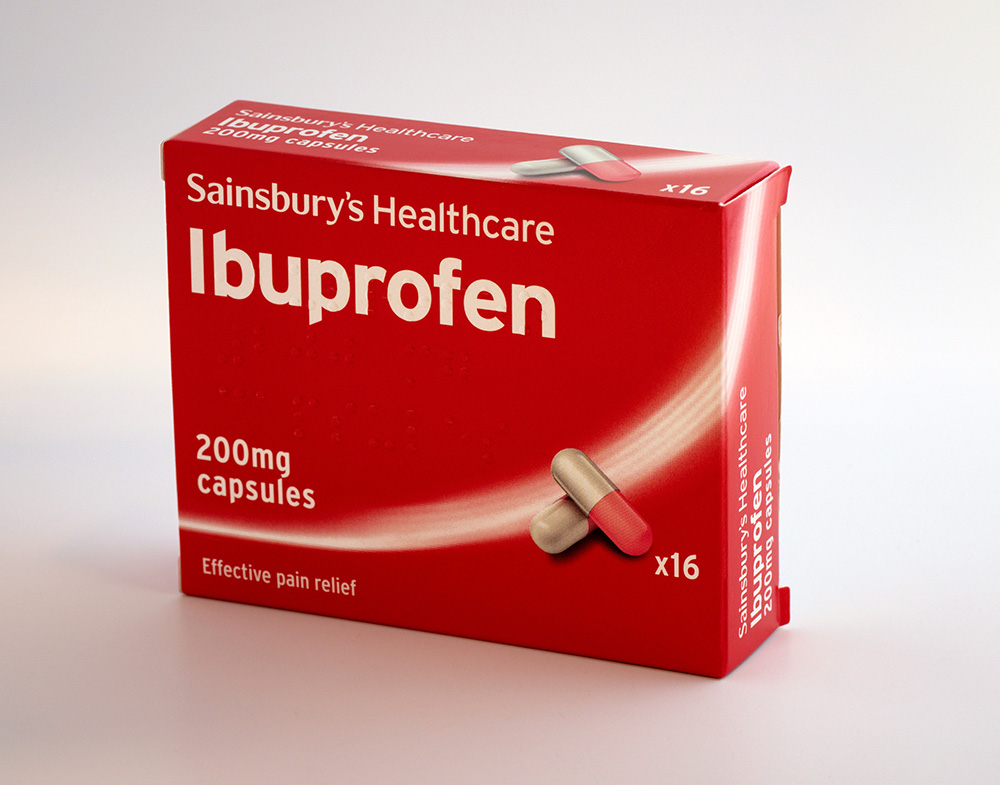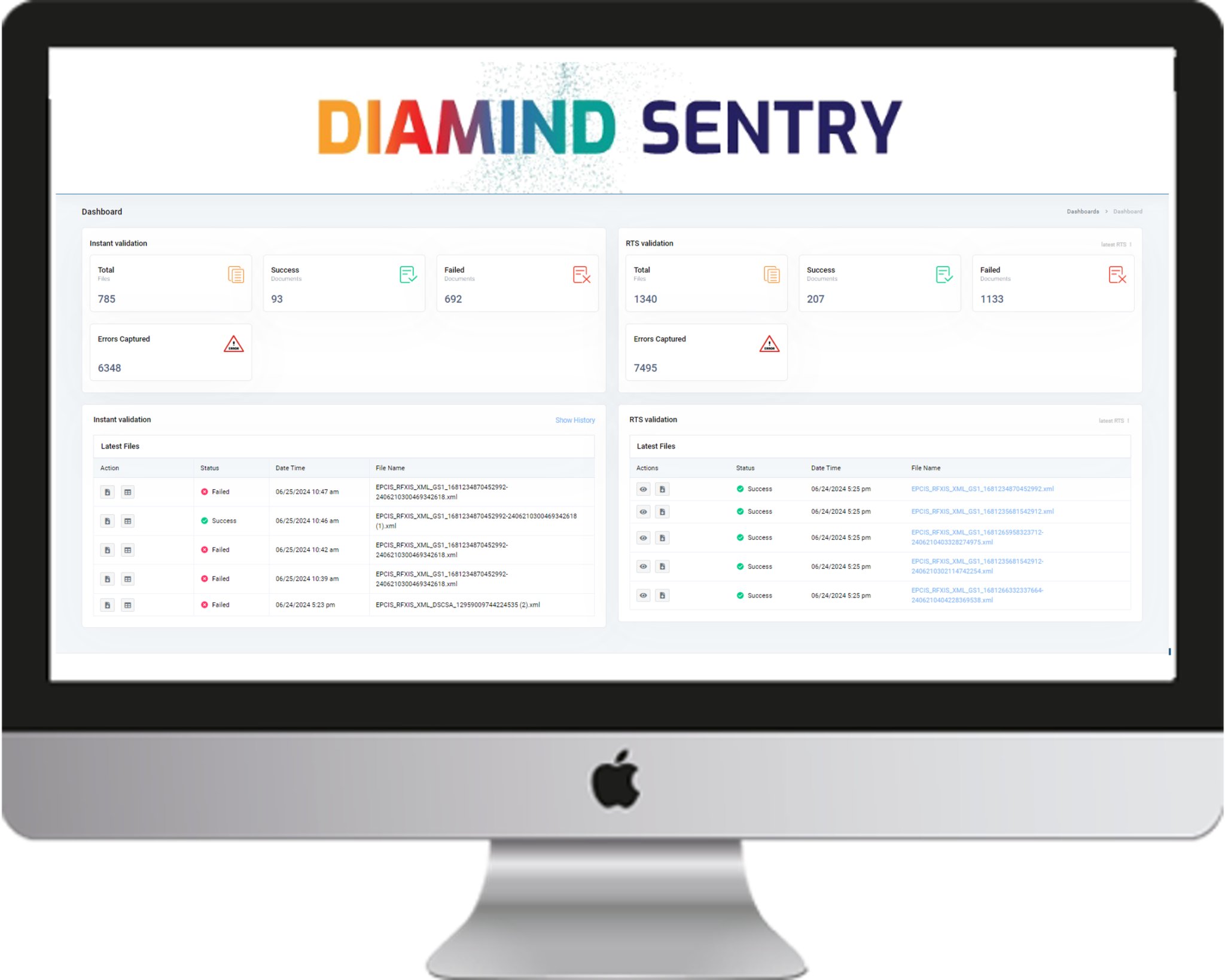Every large industry eventually faces a supply chain issue. Although suppliers strive to improve processes for maximum efficiency, outdated solutions can cause an entire industry to fall behind. In these situations, companies often take the path of least resistance and switch suppliers.
To avoid losing partners, become more competitive, and find new clients, you need to work on improving the effectiveness of your supply chain operations. Here are some of the ways you can do this.
Use Track & Trace Software
We’re living in a global digital age where every company can afford software solutions that can help improve efficiency. Track and trace software allows you to see exactly where all your shipments or products are in real time.
You can also see valuable information about the current status of everything in your supply chain. This drastically improves efficiency. Track and trace software helps predict potential issues and yields actionable data to get you back on track with the least amount of downtime.
It also helps improve accountability and prevents counterfeits from entering the market. It helps customers know when their products are arriving.
Increase Quality Control

Quality control processes result in higher output and improved product quality. They will lead to more sales and decrease waste because inferior products won’t gain traction in the market. Proper quality control also reduces the chances for mistakes in product design or functionality, which is extremely important in the pharmaceutical industry.
Ensuring product quality also results in fewer and smaller recalls. Recalling and sending out new products can be complicated — and virtually guarantees delays in your operations — but effective supply chain management can only make things easier.
Improve Distribution Management
More and more pharma companies are working with partners to help store and transport their products. All parties need to communicate and organize properly if they want their supply chain to be efficient. This is precisely where track and trace software can help.
When all partners use a single platform that allows them to monitor products and transportation routes, they can anticipate important events and develop better inventory strategies. Proactive distribution management can help allocate products to the right channels to deliver everything to customers on schedule.
Understanding Regulations for Shipping Pharma Products
No matter the kind of supply chain, logistics, or shipping operation, one rule remains the same: You need to know what your product is and what its demands are. When it comes to pharmaceuticals, compliance is critical because you must be aware of government regulations — often a lot of regulations.
In the United States, all pharmaceuticals are regulated by the U.S. Food and Drug Administration (FDA). The Drug Enforcement Administration (DEA) regulates controlled substances, such as benzodiazepines and opiates. Furthermore, some living organisms and chemicals must comply with Department of Transportation (DOT) regulations governing hazardous materials.
To help ensure you are shipping all your products legally, consider hiring a compliance lawyer. Though the FDA, DEA, DOT, and other federal and state organizations can provide guidance on how to ship your products, it’s always a good idea to have your own counsel.
If you follow these steps, you will start seeing improvements in your supply chain. And remember, it’s also vital to have the right supply chain solutions, such as track and trace software from rfxcel, which can simplify your processes and help you track your products from one end of your supply chain to the other.





